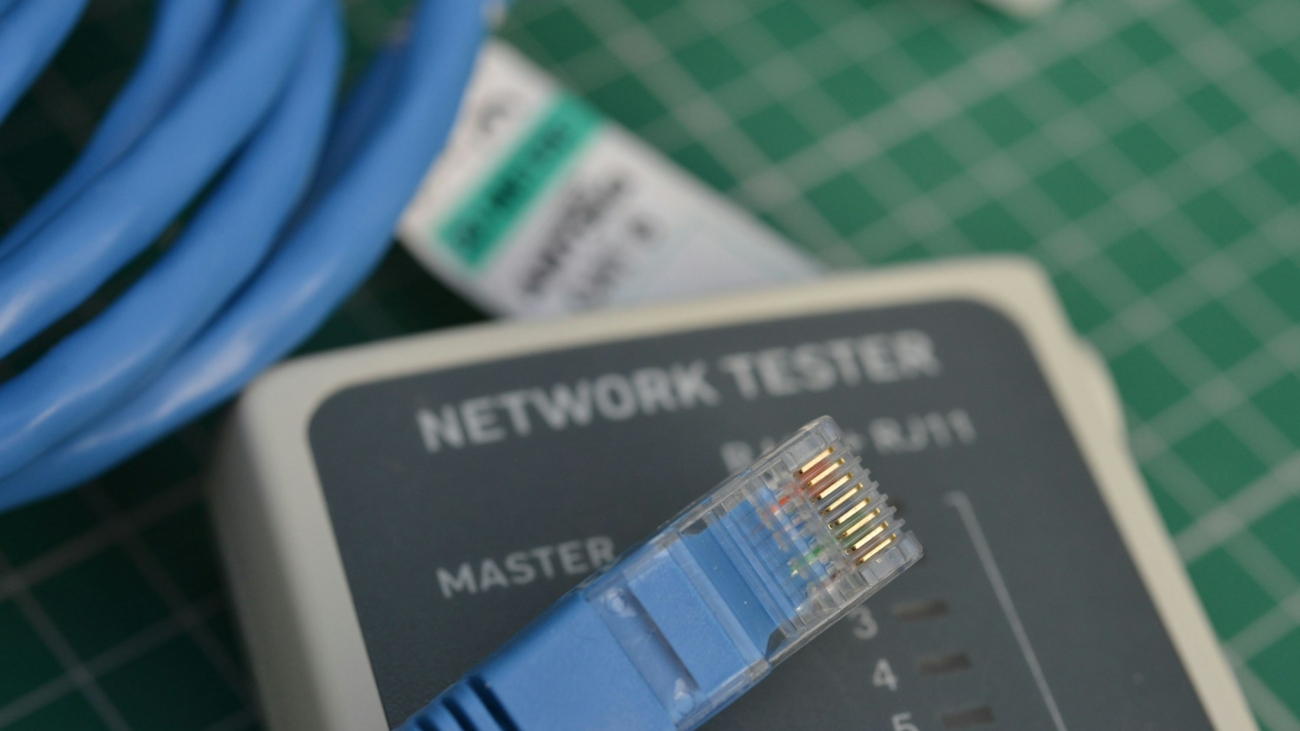In today’s data-driven world, speed is king. Whether it’s streaming a high-definition video, conducting an online transaction, or controlling a robot remotely, latency – the delay in data transmission – can significantly impact performance. This article delves into the complexities of latency, its causes, and effective strategies for minimizing delays in data transmission.
The Culprit Behind the Lag: Understanding Latency
Latency, often referred to as lag, is the time it takes for data to travel from a source to its destination. Measured in milliseconds (ms), even slight delays can be noticeable, impacting user experience and system performance.
Here’s a breakdown of the factors contributing to latency:
-
Physical Distance: Data travels at the speed of light through physical media like cables or fiber optics. Greater distances between sender and receiver naturally increase latency.
-
Network Congestion: Imagine a crowded highway. Similarly, heavy traffic on a network, with numerous devices and data packets competing for bandwidth, can lead to congestion and delays.
-
Hardware Limitations: Outdated or overloaded network equipment like routers, switches, and servers can struggle to handle data traffic efficiently, increasing latency.
-
Software Inefficiencies: Inefficiently coded applications or outdated operating systems can contribute to processing delays, adding to the overall latency.
-
Wireless Connectivity: While convenient, Wi-Fi connections can be susceptible to interference and signal fluctuations, leading to variable and sometimes higher latency compared to wired connections.
The consequences of latency are diverse and can impact various aspects of our digital lives:
-
Disrupted Streaming: Lagging video streams, buffering, and choppy audio are telltale signs of high latency, ruining the enjoyment of online entertainment.
-
Delayed Online Gaming: For online gamers, even milliseconds of latency can mean the difference between victory and defeat. High latency can lead to delayed responses, inaccurate in-game actions, and a compromised competitive experience.
-
Slow Response Times: In business applications, high latency can lead to sluggish performance, delayed data updates, and frustration for users.
-
Real-Time Challenges: Latency poses challenges for applications requiring real-time responsiveness, such as remote surgery, autonomous vehicles, and industrial control systems.
The Need for Speed: Strategies for Minimizing Latency
Fortunately, several strategies can help minimize latency and ensure smooth data transmission:
-
Network Optimization: Optimizing network infrastructure by upgrading hardware, reducing bottlenecks, and improving traffic management techniques can significantly reduce delays.
-
Content Delivery Networks (CDNs): CDNs store cached copies of frequently accessed data at geographically distributed servers. Users access content from the nearest server, minimizing the distance data needs to travel and reducing latency.
-
Data Prioritization: Network administrators can prioritize time-sensitive data packets like voice or video calls, ensuring they experience lower latency compared to less critical data.
-
Fiber Optic Infrastructure: Fiber optic cables offer significantly lower latency compared to traditional copper cables. Investing in fiber optic infrastructure can significantly improve data transmission speeds.
-
Cloud-Based Solutions: Cloud computing offers the advantage of distributed data centers, potentially reducing latency for users geographically closer to the cloud servers.
-
Wireless Technology Advancements: Newer wireless technologies like 5G offer substantial improvements in speed and reduced latency compared to previous generations, paving the way for real-time applications and improved mobile connectivity.
Beyond Technology: The Human Factor in Latency Management
Latency management extends beyond technical solutions. Here’s how we can further minimize its impact:
-
User Education: Educating users about factors that contribute to latency, such as network congestion or distance from servers, can help manage expectations and promote responsible bandwidth usage.
-
Application Design: Application developers can optimize software to minimize data transfer requirements and improve processing efficiency, leading to lower latency.
-
Data Compression: Compressing data before transmission reduces its size, minimizing the time it takes to travel across the network.
By adopting a multi-pronged approach that combines technological investments, user education, and application optimization, we can create a world where data travels seamlessly, enabling real-time applications, uninterrupted entertainment, and a more efficient and responsive digital experience.
The Future of Latency: Embracing Edge Computing and Quantum Technologies
The fight against latency is an ongoing battle, but the future holds promise:
-
Edge Computing: Processing data closer to its source, at the “edge” of the network, can dramatically reduce latency for applications like real-time traffic management or remote industrial control.
-
Quantum Networking: While still in its early stages, quantum technologies have the potential to revolutionize data transmission. Quantum networks could transmit data instantaneously, effectively eliminating latency and ushering in a new era of ultra-fast communication.
However, the road ahead requires addressing challenges:
-
Security Concerns: Edge computing introduces new security considerations, as data processing occurs outside of centralized data centers. Robust security protocols are essential to protect sensitive data at the edge.
-
Infrastructure Investment: Building out edge computing infrastructure requires significant investment. Collaboration between governments, businesses, and technology companies will be crucial for widespread adoption.
-
Quantum Supremacy: Achieving quantum supremacy, the point where quantum computers outperform classical computers for specific tasks, is still years away. Continued research and development are needed to unlock the full potential of quantum networking for latency reduction.
By embracing new technologies, investing in infrastructure, and prioritizing security, we can create a future where latency is a relic of the past, paving the way for a more responsive, interconnected, and real-time digital world. As technology continues to evolve, the quest for minimizing latency will remain a constant pursuit, pushing the boundaries of speed and shaping the future of how we interact with data in an increasingly interconnected world.

